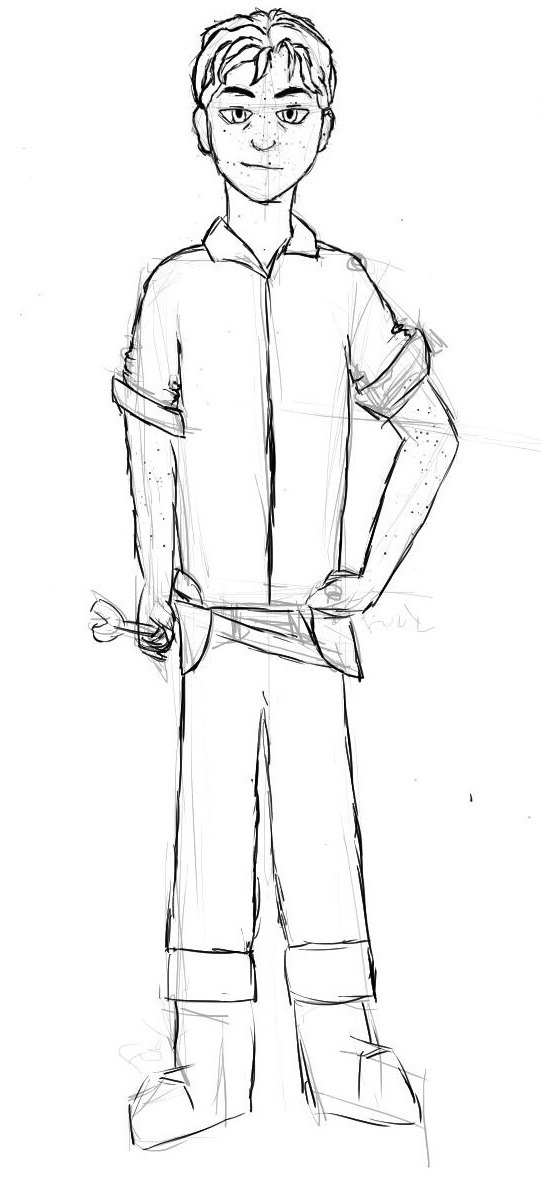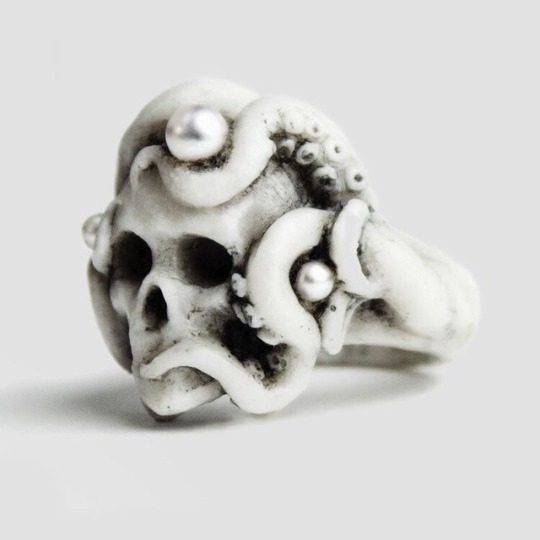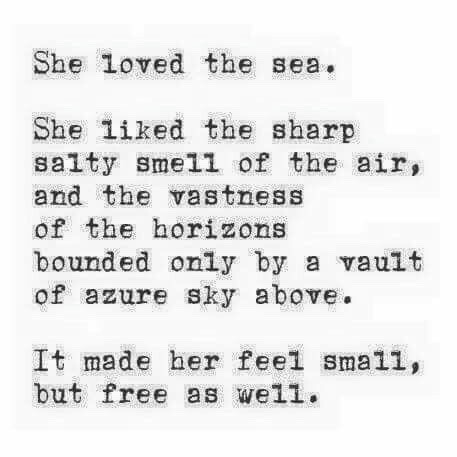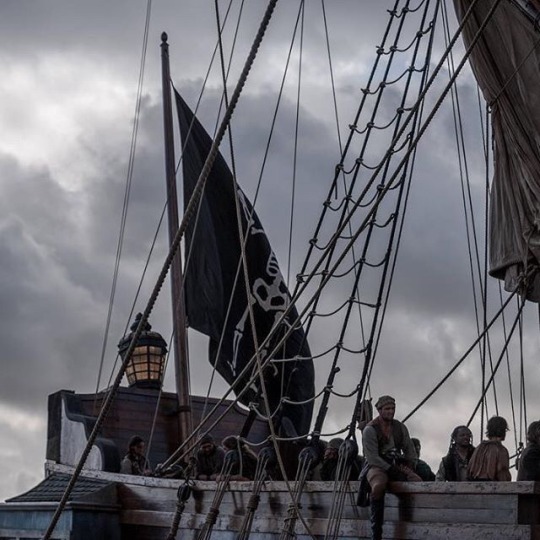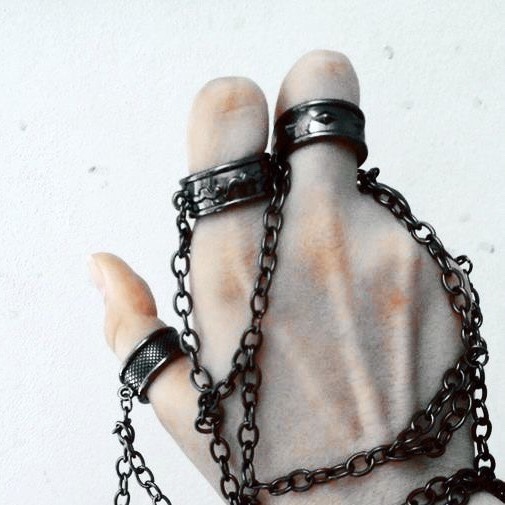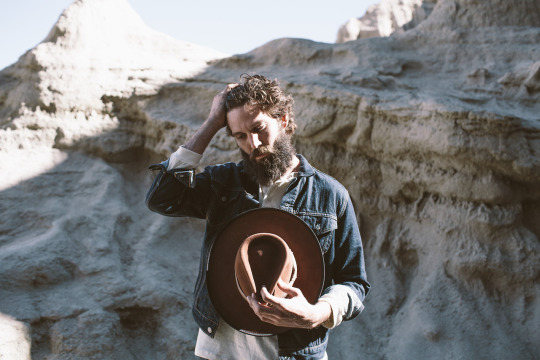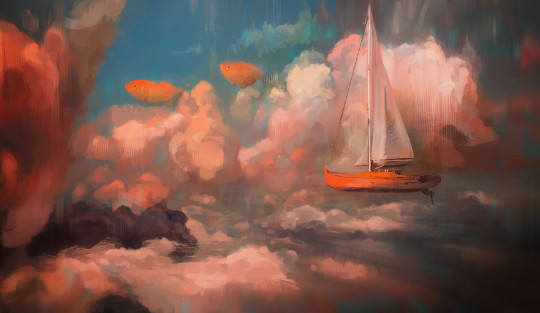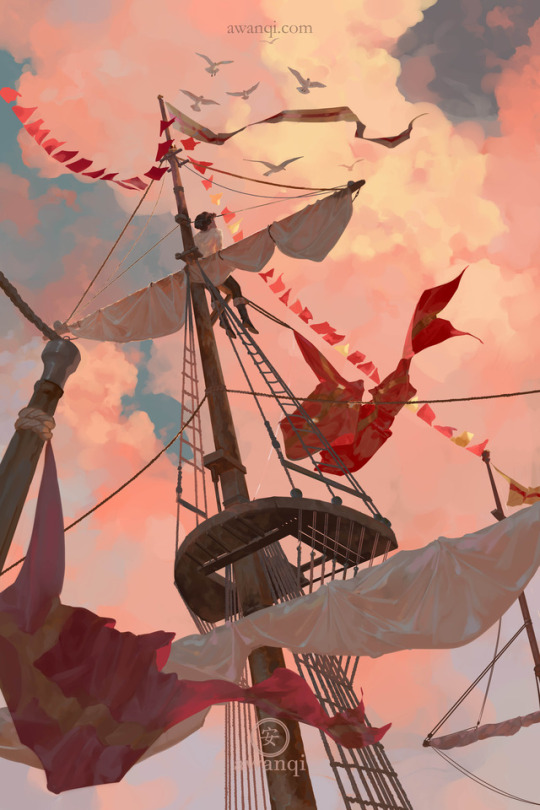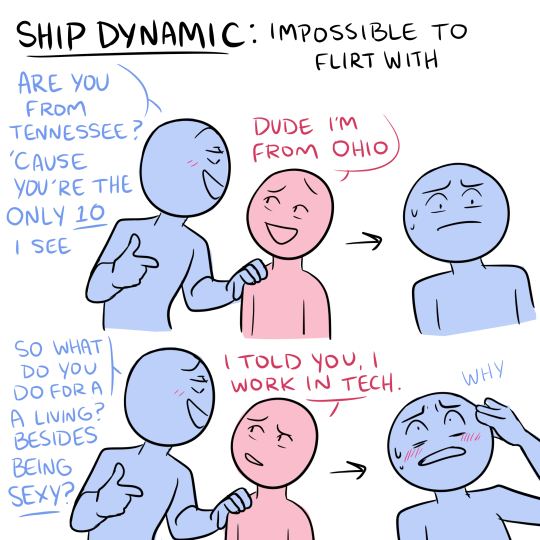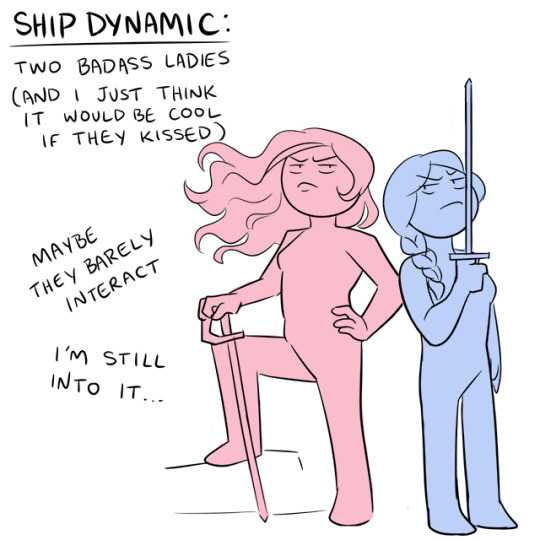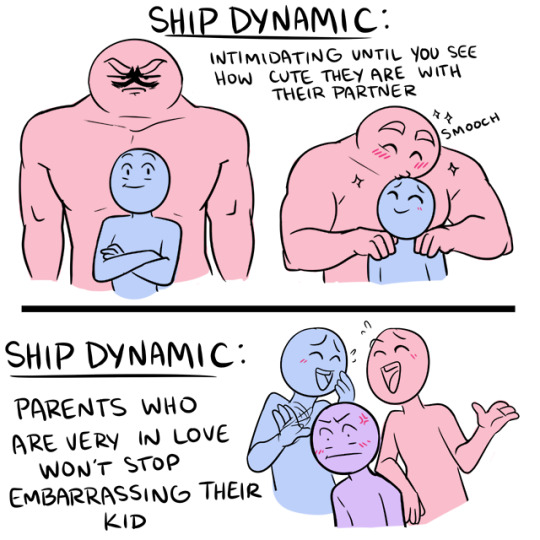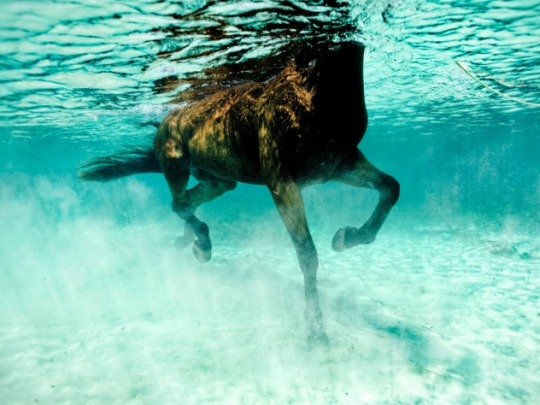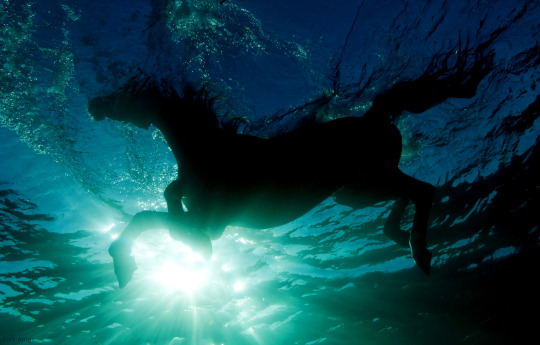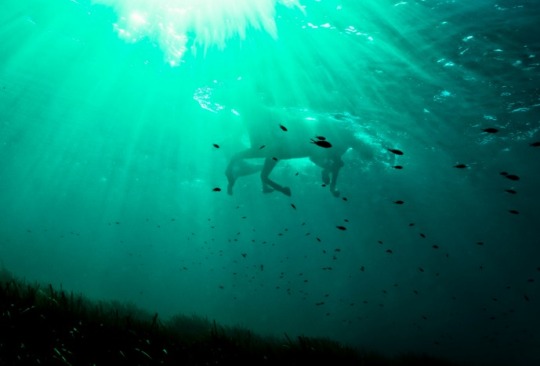Photo
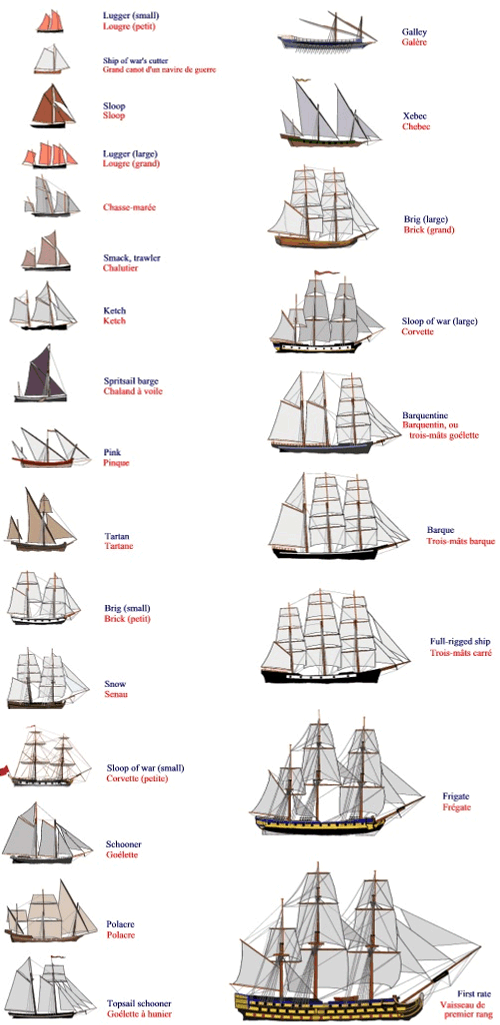


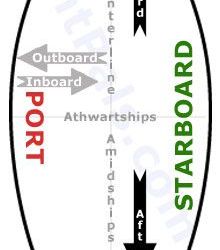
Types of Ships
Parts of the Ship
Wind Directions
Sides of Boats
60K notes
·
View notes
Photo
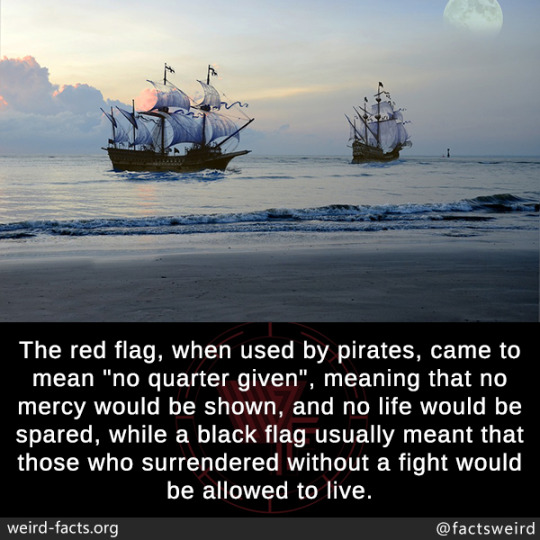
The red flag, when used by pirates, came to mean “no quarter given”, meaning that no mercy would be shown, and no life would be spared, while a black flag usually meant that those who surrendered without a fight would be allowed to live.
2K notes
·
View notes
Photo
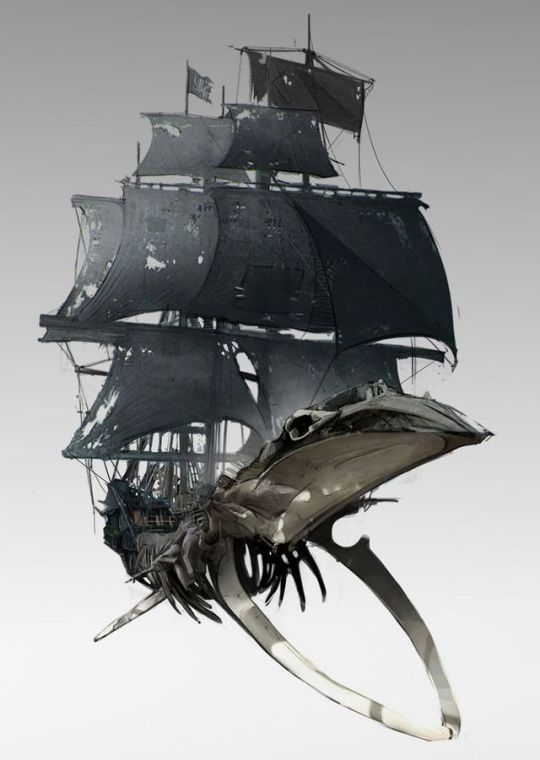
pirate ship concept , Leon Lim on ArtStation
(via (109) Pinterest)
1K notes
·
View notes
Photo
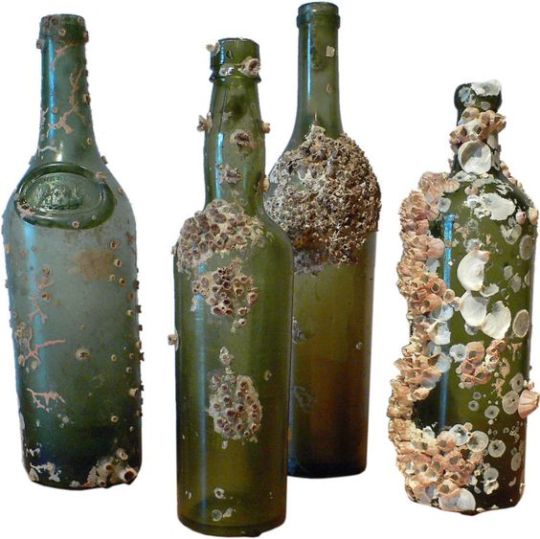
Green Glass Shipwreck Bottles
Antique glass spirit/alcohol bottles. Found in the South China Sea off the Java coast. Some of the oldest specimens have elongated necks and are called “Dutch long-necks.”
8K notes
·
View notes
Text
Fantasy Guide to Ships, Boats and Nautical Lingo
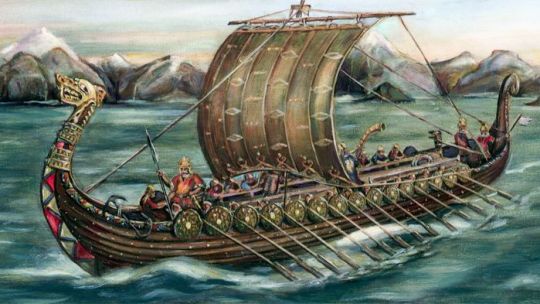
Of all the ways to travel in fantasy and historical novels, there are two favoured ones: horses and ships. But I covered the horses already so here we have some ship terminology and kinds of ships.
Common Boat Terms

Aft/Stern - The back of a ship.
Bow - The bow is the front part of the ship, the pointy part or the place where Kate Winslet stood on in Titanic.
Port - The left side of the ship
Starboard - The right side of the ship
Windward - The wind the direction is blowing.
Hull- outside of the ship
Leeward - Or sometimes called the lee. This is the opposite direction of the wind is blowing
Boom - A horizontal pole extending from the base of the main mast. It adjusted toward the wind direction in order to harness the wind for the sails.
Rudder - The rudder is a flat piece of wood below the ship, used to steer the ship. It is connected to the wheel of the ship.
Tacking - A common sailing maneuver that involves turning the bow through the wind, to change the wind direction from one side of the ship to the other, making the boom move.
Underway- This is when the ship is moving
Astern- The ship is moving backwards
Amidships- Middle of the boat
Topside- when you move from the lower decks to the upper deck
Compartments of the ship
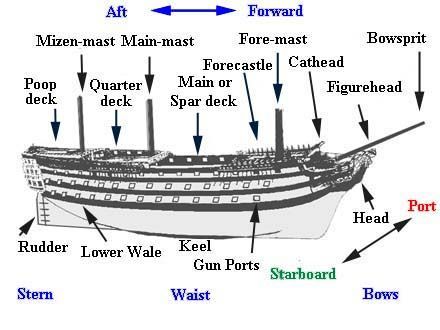

Most ships would have compartments inside the hull and underneath the deck.
Cabins- most war ships and merchant ships would only have one or two main cabin occupied by the captain and higher crew.
Galley- The kitchen on board the ship. The galley would be fitted with tables and cabinets. Galleys were built in such a way that they were more resistant to the heaving of the ship. Most galleys were built with special stoves to stop people from colliding with them and things from spilling out of pots and pans.
Wardroom- some ships are built with a common room for the crew. The wardroom acted as a common room as well as a dining room. It would usually be conjoined with the galley.
Sick Bay- is the compartment of the ship that is given over to the injured and sick. The sick bay would hold the medicines and medical devices and would often be under lock and key.
Hold- This will be the largest compartment in the ship were the cargo or the ship's weapons.
Crew and Positions aboard the Ship

Captain
When we think of captains we imagine them as blackhearted slave drivers (something akin to managers in the customer service industry) but on further research you will find that is not true. There are two kinds of Captains you find in history. Pirate captains and Legitimate Captains. Pirate captains were elected by their merit in battle and dedication to the crew. They were considered equal to the crew, only taking full charge during raids and battles. In the Navy or any legal-bound ship, captains were selected by rank and wealth. There was no equality between captain and crew as in pirate ships. Legal ships were Capitalists and the Pirates were Democratic.
First Mate
First Mate is the captain's deputy. They act as captain when the captain cannot. This was mainly seen in Navies and merchant ships as Pirates usually placed their quartermaster as their deputies.
Quartermaster
The Quartermaster was in charge of ensuring that the ship ran smoothly, rather like the ship's HR manager. The Quartermaster was in charge of supplies and had certain powers such as being able to punish the crew for minor infractions.
Sailing Master
These were officers in charge of piloting the ship. They would have to be educated enough to read a map and was a much desired position because it was a fair paying job. Pirates usually kidnapped sailing masters from ships they attacked to use aboard their own ships.
Gunner
Gunners were the overseers of any many qualified to load and fire guns. They were in charge of aiming cannons and making sure the crew were safely using guns. Most the guns were loaded by young boys called powder monkeys.
Boatswain
Boatswains or junior officers would act as supervisors, watching over the crew as they did their duties. If things were not going well they reported to the captain or quartermaster to punish the crew.
Surgeons
Surgeons handled any diseases and wounds. Since being at sea limited the amount of medicine available. Most ship's surgeons were forced to cut off limbs to avoid infection pike gangrene. Surgeons may not always be found on ships. Cooks or carpenters were often pressed to do amputations: meat was meat and cutting was cutting.
Cooks
All ships needed somebody to cook. Navies and merchant ships would often have trained cooks while on pirate ships it was just a crewmember who was handy in the kitchen.
Kinds of Ship
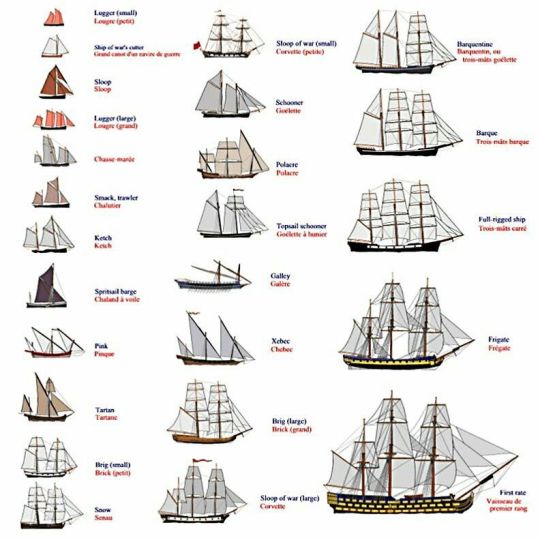
(Not a complete list, may post more later.)
Brig- A brig is the ship that one most thinks of when you think of a ship. The brig is a large vessel, set with a pair of square-rigged masts. Brigs were fast ships and highly maneuverable. They were used as merchant ships and warships.
Galley- The galley is propelled via oars. The hull is long and slender and most of them featured larger sails. Galleys often were rowed by slaves and used in war.
Galleon- Galleons were large ships, built with multiple decks, carrying three or more masts with square raised stern. The Galleon was usually rigged with square sails on the fore-mast and main-masts.
Caravel- The caravel was a small ship with triangular sails, famed for its manoeuvrability and speed.
Longship- The longships were the ships of the Vikings. They were slender ships, narrow. They were able to keep afloat in shallow waters as well as the deep sea. Longships were able to reverse quickly, a very important skill. The longship was a warship, a raider's ship propelled by oars.
Carrack- the carrack was a large ship, often built with mass cargo holds making the most popular ship to go on long voyages on. The carrack had three or four masts.
Cog- This ship was a large vessel, the hull wide and large. The ship is propelled by a great single sail flown from a tall mast.
Junk- The junk or Chinese junk was a kind of coastal or river ship used as merchant ships, pleasure ships and sometimes houseboats. They are small ships and made with battened sails rather resembling wings.
Trireme- the trireme was a slender ship set with three banks of oars pulled by one man each. The trireme had a concave hull and usually had an underwater ram at the prow of the ship.
For @viola-cola
21K notes
·
View notes
Photo
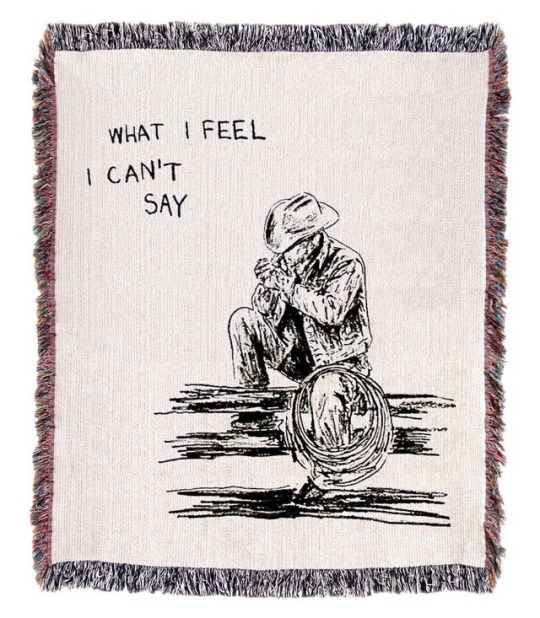
Edition of 5 Now Available With @oneofthesedaysco www.oneofthesedaysco.com
7K notes
·
View notes
Photo



Magnetic azimuth dial by Ephraim Senecal, c. 1680 France- Dieppe
The magnetic azimuth dial of the form invented and made by Charles Bloud of Dieppe in the mid-17th century was a pocket diptych sundial that found time by the relative position of the compass needle to an hour scale that was adjusted for the date.
About the Dial: The hour scale for the horizontal dial surrounds the compass here very well, and attached between the two leaves is a red string gnomon for latitude 48°. The printed compass card has a rose showing 16 points and carries a radial table of latitudes for various places in Europe, North and South America, the Philippines, New Guinea and India. It has a date scale and a perpetual calendar on a pewter-brass volvelle. The dial is signed ‘Ephraim Senecal ADieppe Fecit’.
The presence of the horizontal dial scale around the compass well means that this dial can be used simply by turning the instrument until both the horizontal dial and the magnetic azimuth dial give the same time. There is wheatsheaf decoration on the back of the dial, which is unusual for a French one.
81 notes
·
View notes
Photo

From cover of Nautical Notes: A Primer on Boat Handling and Navigation, publ. by Inamar Ltd, undated
276 notes
·
View notes
Photo

Portable horizontal dial with compass by Wolfgang Harder in Wolfenbüttel Germany, Late 17th century
698 notes
·
View notes

